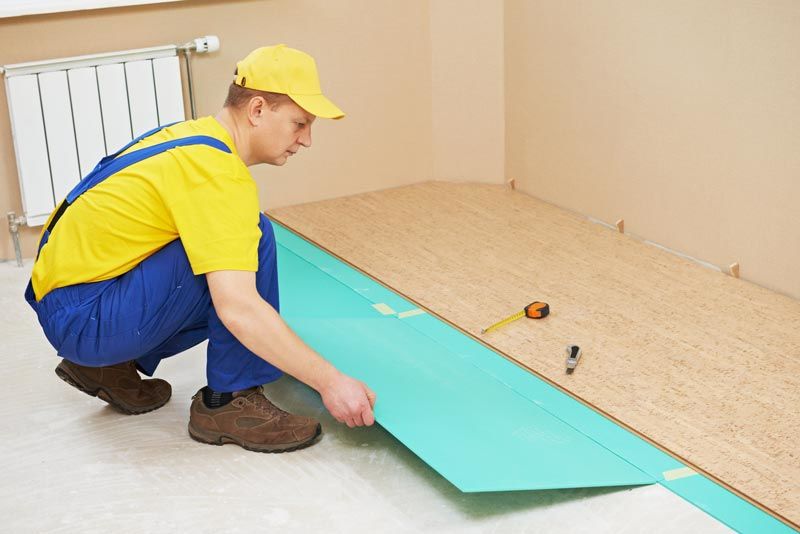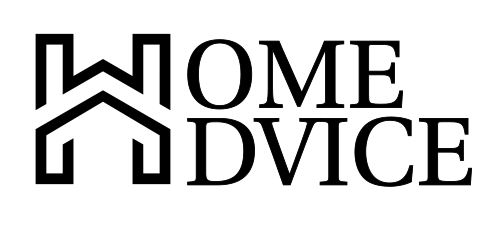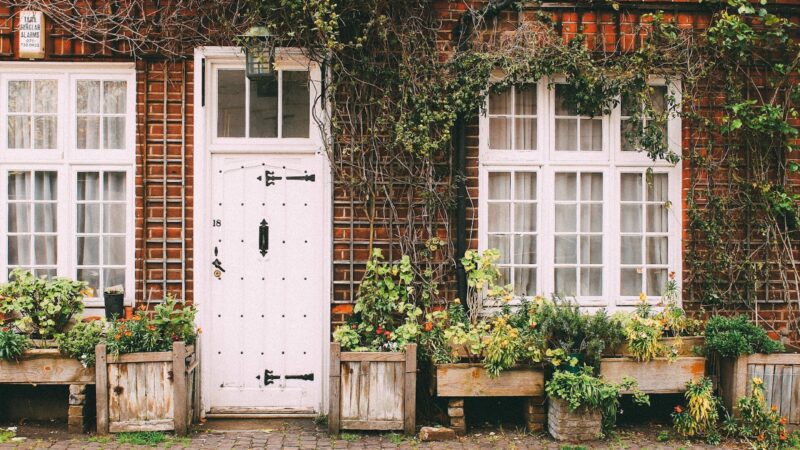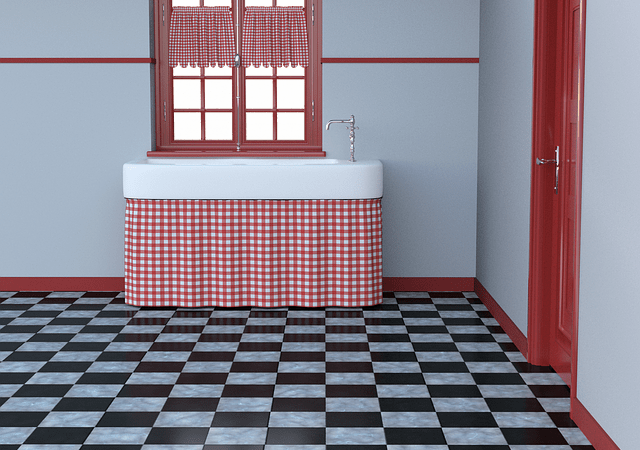Cork for your home

Cork for your home
Whether opening a bottle of wine or champagne, or looking at flooring for your home, cork is probably the one material least known.
Did you know that cork is the bark tissue of the Cork Oak tree grown primarily in southwest Europe and in northwest Africa?
Portugal produces about half the cork harvested globally. Known as a “hydrophobic” substance, cork has many good qualities about it. Primarily it is an impermeable and buoyant material with elastic and fire retardant properties. Cork has millions of air-filled cells that absorb sound, holds warmth, resists impact and is resilient.
Trees are first harvested between 25 to 30 years of age, and typically the bark is stripped between May and August so as not to create any permanent damage. The first harvest is a lower grade, and products manufactured from cork include flooring, tiles, shoes and insulation as well as other highly versatile commercial and industrial products – acoustic, thermal insulation in home walls, ceilings and facades, notice boards, part ingredient in badminton shuttle cocks, fishing rod handles, floats and buoys, and many other products. Subsequent harvests at intervals of 9 years yield a higher quality product that can be used to make stoppers for wine and champagne bottles.
Looking at cork for flooring in your home?
Cork is known for its natural warmth and comfort, as well as unique appearance. New processing means cork floors are manufactured with a thicker and longer plank that can reach almost 6 feet. Cork is also available in tiles. Colour can vary as well as texture, which is a design benefit in creating appeal and variety in one’s décor plans. Manufacturers of high quality cork flooring ensure the material comes from responsibly managed forests; is finished to make it the most environmentally friendly and durable, and attached with underlays that are finished with antimicrobial protection that provides warmth, comfort, quiet and eco-friendliness.
Cork is great for the kitchen and bathrooms, and with it’s unique patterning and colour, can also be used in the dining room. Kids will love a cork wall in their playroom to pin up art and other light items for display.
Check to see if the cork product you are interested in has LEED certification for
- Recycled content
- Rapidly renewal materials
- Low-emitting materials
This renewal resource is also utilized as post-industrial recycled content from wine stoppers. It makes good sense to choose a floor material that is sustainable and renewable for your home.








